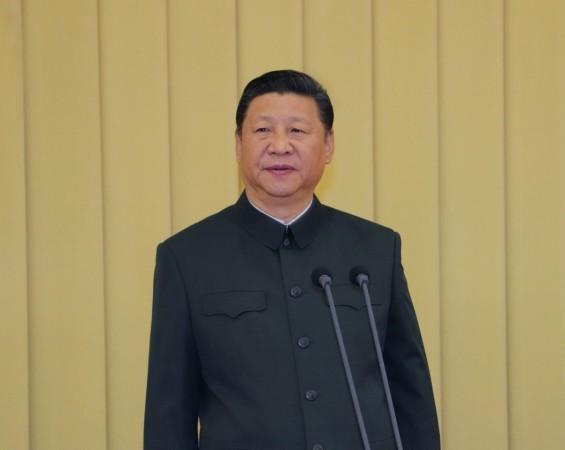
The Eastern Ladakh along the Line of Actual Control (LAC) is hot again. On the intervening night of 29 August and 30 August, the armies of India and China clashed to gain control over the dominating heights of Southern Banks of Pangong Pso Lake. The scuffle was the latest episode in the India-China border stand-off which started with a deadly melee on 15th June that claimed the lives of 20 Indian soldiers and an unconfirmed number of Chinese soldiers.
This time the Indian Army pre-empted the Chinese move and gained control of dominating heights. As per an official statement by Army, "Indian troops pre-empted this PLA activity on the Southern Bank of Pangong Tso Lake, undertook measures to strengthen our positions and thwart Chinese intentions to unilaterally change facts on the ground."

In the latest development, the armies of two nations have deployed additional troops and tanks in the forward areas in case of any further escalation. The actual distance between tank positions between two armies is less than 10km which clearly tells that situation is very delicate.
Galwan Clashes: Another story of Chinese betrayal
As the military level talks were on, the Indian Army and PLA engaged in deadly clash which started after Indian troops dismantled the temporary structures and tents on the night of 15th June. PLA broke the consensus achieved during the Commander level meeting and encroached upon Indian land. As if Galwan valley was not enough, PLA intruded into multiple locations including the Pangong Tso lake area (finger area), Depsang plains, Gogra posts along with others.

The development showed a typical Chinese way betraying bilateral agreements. The 'Salami Slicing' of imperialist China has been ever-increasing lately in Eastern Ladakh and Bhutan. In the last decade, Dragon resorted to the same strategy in the South China Sea and illegally grabbed multiple islands.
Can two countries afford a war?
A full-scale war between India and China is unlikely but a limited scale war cannot be ruled out given the aggressive stance of China and its history of betrayal. Blaming India as an aggressor in the Galwan clash is an attempt by China to hide its mismanagement of COVID-19 cases. The recent developments leave India with limited options. But India must not surrender to the Chinese bullying and give a befitting reply to any misadventure.













!['He is done with the team now' : Angry Virat Kohli slams the bat, kicks the ground, yells at RCB team as SRH smashes runs [reactions]](https://data1.ibtimes.co.in/en/full/796956/he-done-team-now-angry-virat-kohli-slams-bat-kicks-ground-yells-rcb-team-srh-smashes.jpg?w=220&h=138)



